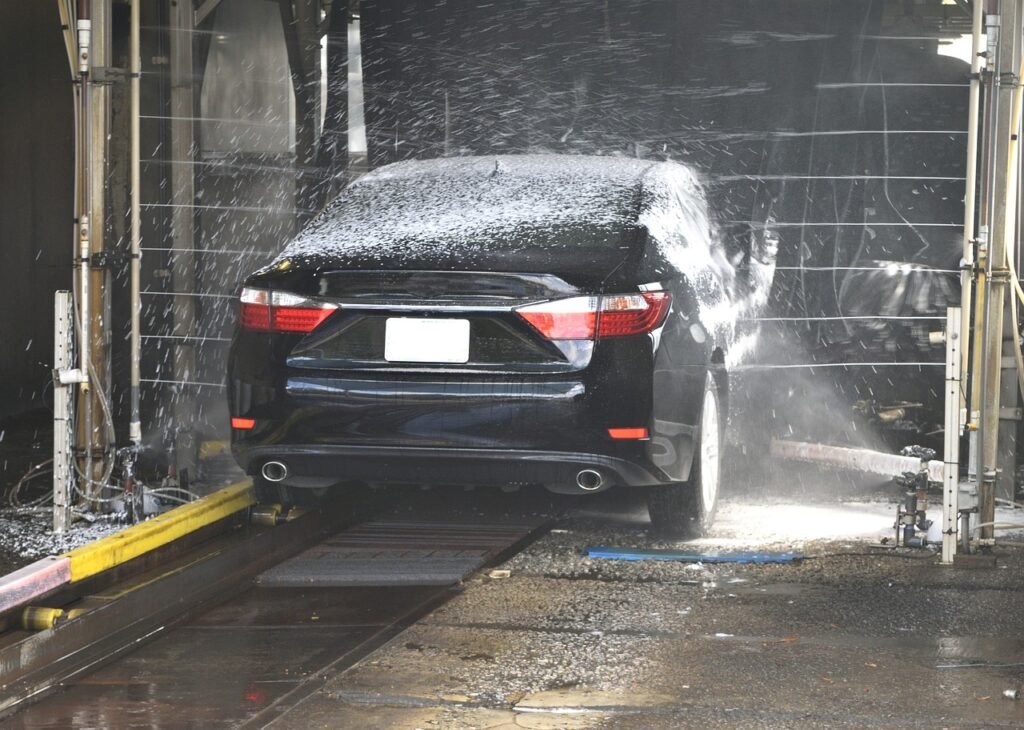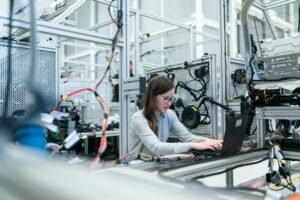
Car washing, once a laborintensive task requiring manual effort and time, has undergone a remarkable transformation over the years. With the evolution of technology, car wash machines have revolutionized the way we maintain the cleanliness and appearance of our vehicles. From the early handoperated machines to today’s automated, hightech washing systems, the journey of car wash technology has been driven by innovation, efficiency, and the growing demand for convenience.
In this article, we’ll explore the history and progression of car wash machines, how they’ve become integral to the automotive industry, and what the future holds for this essential service.
1. The Birth of Car Wash Technology
The journey of car wash machines dates back to the early 20th century, at a time when cars were still a novelty in society. The first car wash machine was introduced in 1914 in Detroit, Michigan, by a man named Frank McCormick. It was a basic, handoperated system, designed to make car washing easier than doing it manually. The system included rotating brushes, which cleaned the cars as they passed through a fixed machine.
While the concept was simple, the machine was a gamechanger for the automotive industry. It significantly reduced the time spent washing a car and allowed for consistent results, making car washing more accessible to the public. At this stage, car washes were still an exclusive service offered to the wealthier classes who could afford a car, and only a few companies had the means to establish such services.
2. The Emergence of Automated Systems
As the demand for cars grew and the automobile industry began to thrive, so did the need for faster and more efficient car washing systems. By the 1940s and 1950s, the first fully automated car wash systems emerged. These systems were a significant step forward, as they did not require human intervention to operate the washing process.
In these early automated systems, cars were driven into a bay where they would be washed by rotating brushes, sprayers, and dryers. The introduction of this type of technology brought down the cost of car washing and made it available to a wider demographic, not just the elite. The automation process also increased the speed of car washes, meaning that car owners could clean their vehicles in a matter of minutes rather than hours.
3. The Rise of Touchless Car Wash Systems
As technology continued to advance, a key innovation emerged in the 1980s: the touchless car wash. Touchless systems use highpressure water jets and specialized detergents to clean the car, eliminating the need for physical contact with brushes or sponges. This innovation was driven by concerns about the wear and tear that brushes could cause to a vehicle’s paint, as well as the increasing demand for faster, more efficient methods of cleaning.
Touchless car washes became immensely popular for their ability to clean cars without causing any damage to the paintwork. They also required less water and soap compared to traditional methods, making them more environmentally friendly. The touchless system is still widely used today, especially for customers who prioritize a scratchfree wash and a gentler cleaning process.
4. Advancements in Technology: From Brushes to Soft Cloths
In the 1990s and 2000s, car wash machines saw further advancements with the introduction of soft cloth car washes. These systems used soft fabric materials, such as microfiber cloths, to gently wash vehicles without the risk of scratching the paint. This transition from harsh brushes to softer materials was driven by the growing awareness of the importance of maintaining a vehicle’s appearance.
Soft cloth car washes combine the best of both worlds, providing effective cleaning power while being gentle on the car’s surface. The technology behind these systems became more sophisticated, with integrated sensors that allowed the machines to adjust the washing process based on the size and shape of the vehicle. These improvements made car washes faster, more efficient, and more precise, creating a superior customer experience.
5. The Integration of EcoFriendly Practices
As environmental concerns began to rise in the 21st century, the car wash industry responded by adopting more ecofriendly practices. Car wash machines became more energyefficient, waterconserving, and sustainable. The shift towards green technology included the use of biodegradable detergents, water recycling systems, and the reduction of water waste through more efficient spray nozzles and systems.
Some modern car washes now feature closedloop water systems that filter and recycle the water used during the washing process. This helps conserve water, making car washing less wasteful, especially in areas where water scarcity is a concern. Additionally, the use of lowenergy LED lights and energyefficient motors further reduces the environmental impact of car washes, making them not only convenient but also ecoconscious.
6. Conclusion: A Clean Future Ahead
The evolution of car wash machines is a testament to the power of innovation and the growing importance of convenience, efficiency, and sustainability. From humble beginnings with handoperated systems to today’s hightech, automated machines, car wash technology has come a long way.
As we look toward the future, the integration of AI, robotics, and ecofriendly practices will continue to drive the car wash industry forward. The journey is far from over, and with new technologies emerging, car wash machines will continue to evolve, offering faster, greener, and more customized solutions for car owners around the world. Whether it’s a touchless wash, a soft cloth system, or an appcontrolled service, the future of car wash technology promises a cleaner, more efficient, and environmentally friendly experience for all.




